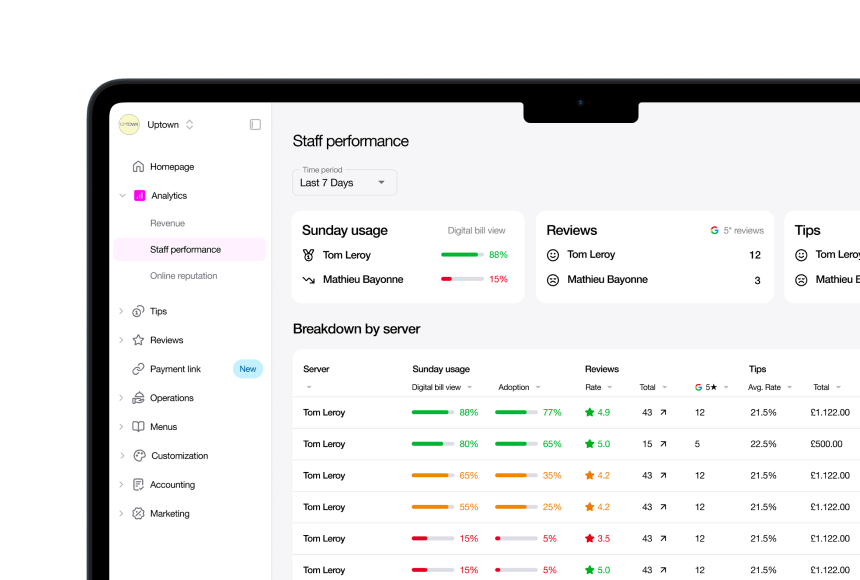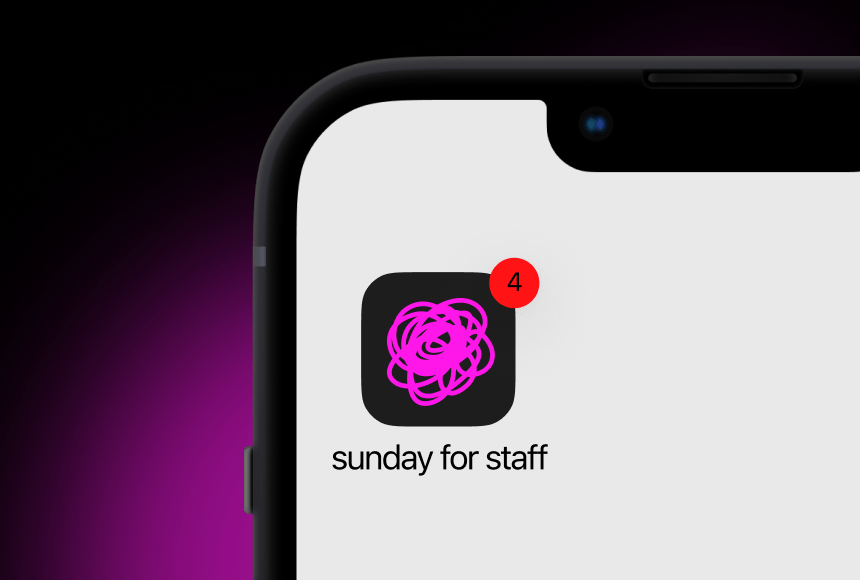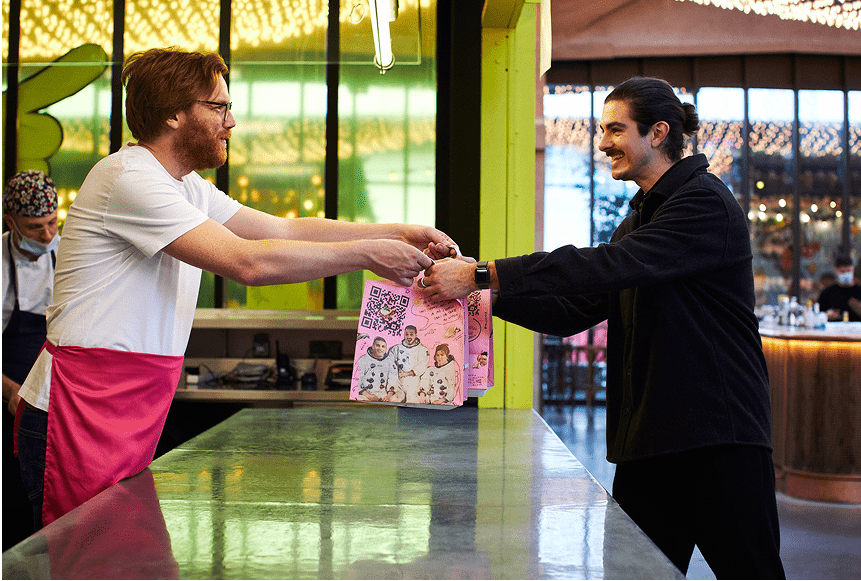
Accelerate Your Restaurant Workflow in Record Time
Why Streamlining Your Workflow Matters
Running a busy restaurant in the UK often feels like juggling three pans on a hob with the flame set to high. You’ve got customer expectations, staff coordination, supplier timelines, and a dynamic menu to manage—sometimes all in quick succession. Yet a surprising number of restaurant owners overlook the importance of having a solid, streamlined workflow until frustrations pile up. A slow workflow leads to longer waiting times, mounting stress for staff, and, ultimately, a slip in customer satisfaction.
If you’re determined to keep your restaurant humming along harmoniously, perfecting your workflow is essential. Research from the Food Standards Agency shows that efficiency directly influences overall restaurant compliance and customer satisfaction. In the fiercely competitive UK dining scene, even minor holdups can cause major ripples.
But here’s the good news: you can implement real changes in less than a week. A carefully planned approach, targeting just the right areas, can yield immediate results without taking you away from what you love most—serving delicious, memorable meals.
Assessing Your Current Workflow
Before you start fine-tuning processes, you need an accurate grasp of your existing methods. Think of it as taking stock of your pantry before the dinner rush. Where are the main bottlenecks? Who is inevitably slammed on the team when the orders start rolling in? Which tasks end up repeated? This assessment phase isn’t about playing the blame game; it’s about identifying opportunities for improvement.
Try these steps for an effective workflow audit:
- Observe peak hours in detail: During your busiest shifts, jot down how long each step takes—from seating guests to serving mains. You can do this discreetly or use a task timer app for more precise measurements.
- Map out the journey of an order: Where does an order go after it’s taken? How is it relayed to the kitchen, and how do servers know when it’s ready? Lay out this journey visually—even a simple pen-and-paper flowchart works wonders.
- Engage with your team: Ask your chefs, sous-chefs, servers, and hosts about their biggest pain points. Often, the front-line staff members have the clearest picture of where the process stalls.
- Collect feedback from customers: Invite diners to share their experiences. This might highlight recurring issues—like delays on a popular dish or confusion with the payment process.
Five Practical Steps to Overhaul Your Workflow
You’ve scoped out your current process and uncovered a few rough spots. Now it’s time to get hands-on and make constructive changes. Below are five tried-and-tested strategies you can implement in under a week. To keep it practical, let’s follow an imaginary case study—The Tasty Spoon, a mid-range eatery in London—to see how each step plays out in real life.
1. Optimise Your Floor Layout
One of the most overlooked areas in restaurant management is the physical arrangement of your dining and service spaces. Think about how your favourite cooking show sets up its kitchen stations: everything is within reach to save time and reduce chaos. Likewise, your floor layout should support swift service, minimal collisions, and easy navigation for both staff and customers.
At The Tasty Spoon, they realised that their condiment station was tucked away in a corner behind the bar, forcing staff to weave past seated guests to grab simple items like bottled sauces. Overhauling this setup so that commonly used items sat closer to the kitchen entry shaved valuable minutes off service times.
Quick improvements include:
- Efficient table arrangement: Keep high-traffic areas wide open to reduce bottlenecks.
- Centralised pick-up or pass station: A dedicated spot where servers can quickly grab orders once the kitchen calls them out.
- Accessible staff areas: Ensure that all staff-only zones—like cutlery storage or beverage stations—are easy to get to and don’t intersect with customer walkways.
2. Refine Your Menu for Speed and Quality
Menus often expand over time, with owners adding new dishes to test the market’s palate. While variety is wonderful, having an overly complicated menu can slow down your entire operation. A smaller, well-curated selection can improve speed and consistency—and it can still excite diners who appreciate expert preparation.
In the case of The Tasty Spoon, they had a seven-page menu that ranged from simple burgers to elaborate seafood platters. Customers were overwhelmed by choice, and the kitchen was constantly juggling different cooking methods. By cutting the menu down to a concise two pages, they managed to focus on signature dishes, reduce inventory complexity, and speed up plating times by 25%.
Here’s how to refine your menu efficiently:
- Identify slow sellers: If few customers order a particular dish, consider removing or revamping it.
- Focus on profitable bestsellers: Feature high-margin dishes that are simple to prepare and beloved by your audience.
- Streamline ingredient lists: Using overlapping ingredients across dishes reduces prep time and cuts food costs.
For chef-driven restaurants, “fewer dishes” doesn’t have to mean “less creativity.” Instead, it can be a chance to elevate your most beloved meals.
3. Embrace Technology Where It Counts
Introducing the right technology can turbocharge your restaurant’s workflow. Customers have grown accustomed to mobile ordering, contactless payments, and quick check-outs. Integrating these solutions not only reduces the margin for human error but also frees your team to focus on customer experience rather than endless administrative tasks.
Here are a few technology ideas you can roll out in under a week:
- Contactless payment systems: Modern card machines or QR code-based payment solutions like sunday speed up table turnover. They also minimise staff running back and forth with bills.
- Centralised ordering platform: Wrist-mounted devices, tablets, or streamlined POS (Point of Sale) systems help staff input orders swiftly. These typically integrate with kitchen displays so the chefs see orders in real-time.
- Digital reservation tools: Online booking software ensures you have a seamless record of incoming diners, plus no-shows can be more quickly contacted or re-booked.
At The Tasty Spoon, they introduced a QR code payment system. Customers could settle their bills, leave a tip, and even share a quick Google review without needing to flag down a server. This not only cut down check-out times but also increased tips, since the process felt quicker and more convenient for guests.
4. Improve Communication Across the Team
Miscommunication is a surefire way to sink efficiency. Clear, concise communication tools and protocols keep everyone on the same page, whether it’s the host stand relaying a special request to the kitchen or the kitchen alerting servers that a dish needs a quick garnish.
At The Tasty Spoon, they started holding 5-minute pre-shift briefings where each section head highlighted menu changes, upcoming reservations, and any pressing updates. By setting aside this short window, the entire team gained clarity and morale got a bump from knowing they were part of a cohesive unit.
Practical ways to enhance communication:
- Pre-shift meetings: Keep them short, but cover the essentials—like the day’s specials, large parties, or staff shortages.
- Kitchen display screens: Orders appear in real-time, cutting misreads of handwritten tickets.
- Instant messaging groups: Private chat channels for staff can speed up last-minute schedule swaps or urgent updates.
Without streamlined communication, mistakes snowball—especially during peak hours. A small tweak in how your team shares information can significantly reduce stress and improve customer satisfaction.
5. Train and Empower Your Staff
When we talk about restaurant workflow, the focus often lands on procedures and technology. But the true secret ingredient is your team. A well-trained, confident workforce can adapt quickly, solve problems on the spot, and delight customers.
Think of Michelin-starred kitchens: they rely on precision, discipline, and camaraderie. While not every restaurant aims for that style of intensity, there’s no doubt that ongoing training helps staff feel more confident in their roles. At The Tasty Spoon, an extra training session on allergen protocols gave front-of-house staff the knowledge to handle dietary inquiries effectively, preventing kitchen confusion and ensuring diners felt safe.
Here’s what effective training can look like:
- Cross-training: Encourage staff to learn tasks outside their usual roles, so they can step in when someone is overwhelmed or absent.
- Empowerment: Allow staff a certain level of autonomy, such as comping a distressed guest’s dessert or adjusting the schedule for a particularly hectic evening. This fosters a sense of ownership.
- Regular refreshers: Make training an ongoing effort. Fresh employees may need extra guidance, but even veterans benefit from periodic updates on new regulations or cooking trends.
A Quick-Start Timeline to Implement Changes
You might be thinking, “Yes, these ideas sound great—but how do I roll them out in under a week?” Below is a simple day-by-day roadmap to help you take immediate action. Adjust the schedule based on your restaurant’s specific needs, but use it as a guiding template.
| Day | Action Steps |
|---|---|
| Day 1 |
|
| Day 2 |
|
| Day 3 |
|
| Day 4 |
|
| Day 5 |
|
| Day 6 |
|
| Day 7 |
|
Integrate a Guest-Centric Mindset
At the heart of a well-run restaurant is guest satisfaction. Any workflow change should serve to elevate the customer’s overall experience. That can mean speeding up service, clarifying the menu so diners don’t feel overwhelmed, or offering innovative ways to pay that shorten the wait for the bill.
In many UK restaurants, speed of service is often a deciding factor for repeat business. According to a report by VisitBritain, diners appreciate efficiency as much as the quality of the meal itself. It’s especially significant for lunch crowds on a tight schedule. By prioritising your guests’ time, you show respect for their busy day and stand out in a marketplace where convenience often rules.
Guest-centric also means being sensitive to dietary needs. Cross-training your team so they can handle myriad requests—from gluten-free to vegan—makes your restaurant more inviting and reduces potential order mix-ups.
Using Feedback for Continuous Improvement
Workflow optimisation isn’t a one-and-done project. Even if you see immediate improvements, it’s wise to treat it as an evolving process. Customer expectations shift, staff comes and goes, and new culinary trends can disrupt even the best processes. That’s why collecting and acting on feedback is key.
Encourage diners to leave quick notes on their experiences—whether through a simple comment card or a digital survey. If you’re using a QR-based payment system like sunday, take advantage of post-payment prompts that ask, “How was your visit?” or “Any suggestions?” Keep these surveys concise.
- Check online reviews regularly: TripAdvisor, Google Reviews, and other platforms can reveal common threads (like slow service on weekends) that you might not catch otherwise.
- Follow up with staff: Set aside time each week for a brief check-in. Ask how they feel about the new processes or if they’ve seen any friction points. The staff perspective is priceless.
Even a single piece of feedback can alert you to a hidden issue. Addressing criticism head-on and making the necessary tweaks fosters loyalty and trust from your guests and your team alike.
Champions for a Smooth Workflow
It often helps to appoint “champions” within your staff who can consistently monitor different segments of the workflow—front-of-house, back-of-house, bar, and so on. They can report minor issues before they balloon into big headaches. Consider rotating this role every few months to avoid burnout and to empower more employees with a sense of responsibility.
At The Tasty Spoon, the sous-chef volunteered to be the champion for the kitchen. She took charge of verifying that staff understood new protocols and that any ingredient shortage or equipment malfunction was flagged early. In the dining area, the head server watched table turnover times and made sure that the contactless payment systems were working seamlessly.
Handling Unexpected Hurdles
Inevitably, you’ll face surprises—like sudden staff absences, new health guidelines, or late deliveries from suppliers. A well-structured workflow should be flexible enough to withstand these curveballs. When you build quick contingency plans, you prevent meltdown moments and maintain a professional face for your diners.
Consider these quick fixes:
- Have an “on-call” staff list: A small list of trained, part-time employees who can be summoned if someone calls in sick. This might be students or former team members who can step in seamlessly.
- Multi-purpose stations: If your layout incorporates flexible stations—like a bar that doubles as a coffee counter—you can shift staff quickly to meet the day’s demands.
- Backup suppliers: Build relationships with alternate suppliers for key ingredients. That way, you won’t be left high and dry if your usual vendor can’t deliver.
Think of it like mise en place for your entire operation: you want everything in place so you can handle the unexpected with calm efficiency.
Going Beyond the Week
Once you’ve laid a strong foundation, keep up the momentum. A restaurant’s workflow will naturally evolve over time. New menu items, changing customer preferences, staff promotions—these developments should be embraced as opportunities to keep your operation fresh and efficient.
In the long run, investing in the happiness and growth of your employees pays dividends. Remember, each team member is more than just a cog in your system; they’re an ambassador to your guests. They’ll appreciate being part of a workplace that values efficient procedures and fosters a positive environment rather than one fraught with panic.
Meanwhile, your guests will keep returning if they can rely on consistent service, quick pace, and a streamlined payment experience—something a solution like sunday can provide. The direct result is improved table turnover, better reviews, and a thriving bottom line.
FAQ: Common Questions from Restaurant Owners
Below are a few frequently asked questions about optimising restaurant workflows in a short timeframe.
1. How much will all this cost?
The budget depends on the scope of changes and the technology solutions you choose. Many contactless payment systems, for instance, come with reasonable transaction fees rather than huge upfront costs. Layout adjustments and staff training can often be achieved without significant outlay, especially if you repurpose existing furniture or equipment.
2. Will staff resist these changes?
It’s natural for people to be wary of new routines, especially in a fast-paced setting like a restaurant. However, involving your team from the planning phase usually boosts acceptance. Make sure everyone understands the “why” behind the changes—how it makes their jobs easier and improves guest experiences.
3. Can I streamline my menu without losing regulars?
Absolutely. If you cut menu items thoughtfully—focusing on those that rarely sell or have a problematic margin—most customers won’t even notice. Keep your star dishes and beloved classics. Communicate any big menu change to your staff so they can confidently guide diners to new or alternative options.
4. Do I need fancy tools to enhance communication?
Not necessarily. A simple daily pre-shift meeting and a clear process for orders can do wonders. If you want to go digital, basic messaging apps or integrated POS systems can streamline communications further. The key is consistency: whatever tool or method you pick, use it reliably.
5. How do I measure the effectiveness of these changes?
Look at metrics such as average table turnover, tip amounts, online review ratings, and customer wait times. You can also track staff satisfaction through feedback sessions. If you see a drop in ticket times and an uptick in positive customer comments, you’re on the right track.
By taking purposeful actions and implementing them swiftly, your restaurant can enjoy significant, long-lasting improvements in workflow—leading to happier teams, delighted guests, and a healthier profit margin. Don’t underestimate the impact that even a few well-chosen changes can bring. After all, sometimes the difference between success and frustration is just a week of proactive adjustments.
Find out more today
Drop us your details below and we’ll reach out within the next 24
Get the full, detailed picture.
sunday elevates your business with insightful data, instant feedback and precise analytics.




